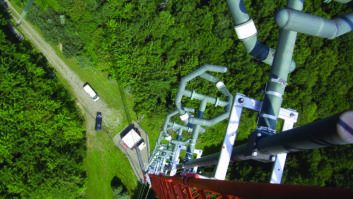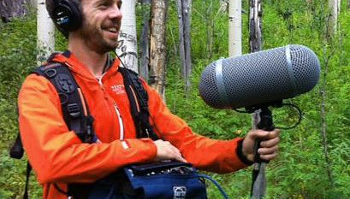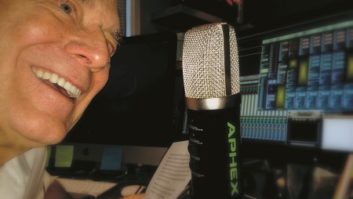Reader Mike Pappas sent us a note last month about our December White Paper from Steve Densmore and Russ Mundschenk of iBiquity Corp., “Study of a 10 dB Power Increase in Digital Carrier Level for HD Radio Ttransmissions in the FM Broadcast Band.” The letter is here.
The gist of his question was, frankly, how this paper could be believed in the face of a contradictory study from NPR Labs. This raises one of the most important issues to be faced by any editor: What is our responsibility to our readers with regards to printing conflicting information of a technical nature?
I would like to take this chance to answer that question and explain a bit about what leads to what you read every other month here at Radio World Engineering Extra.
First off, it is essential to us that this publication be an open forum for any and all ideas and research that concern the radio broadcast industry. We invite anyone with something interesting to say about radio engineering to submit their ideas for publication. We will consider any such submissions equally and without bias.
I like to have a blend of papers for each issue that bring together a mix of technical topics and styles. A lot of the White Papers that we publish are designed to educate engineers on the background technologies behind new products. These papers tend to be the most theoretical work that we publish, and for engineers looking to keep up their technical knowledge these papers are essential.
I also look for papers that are of a practical nature. Project profiles that share how other engineers solved a challenging problem or handled a construction project fall into this category.
Interviews are interesting because they allow our fellow engineers and industry leaders to talk about themselves and broadcasting in a more personal way. Often these conversations reveal the deep and fascinating history that leads to where we stand today in radio.
Some of our best papers come to me without an advance solicitation. I also spend time throughout the year attending conferences and evaluating presentations, looking for interesting ideas and new technologies to bring to your attention.
A SENSE OF BALANCE
It is our goal at Radio World Engineering Extra to weave together a blend of stories and diversity of topics. At the same time we try to capture the full range of ideas and opinions about our industry. In particular, we try to bring to the page a range of different voices and authors to make sure that we address all viewpoints. This is the crucial element of “balance.”
Providing a balanced viewpoint to our industry is an essential part of what we do. If we exclude a particular issue, we potentially lose out on an idea or technology that could prove beneficial to all of us. History is filled with examples of scientific ideas that became standard knowledge after an initial period of deep skepticism. If only skepticism had been allowed a voice in print we would not have advanced in our knowledge of the world at the rapid and powerful pace that we have achieved over the last centuries.
On a more pragmatic level, if we exclude a particular voice or point of view then it becomes harder to attract those readers who disagree with our position. It can also have a chilling effect on submissions from writers who feel their ideas will not stand a chance for publication due to an editorial bias. Both of these effects obviously are harmful.
I like to think of Engineering Extra as a conversation amongst a group of intelligent and thoughtful members of an elite group of experts on broadcast engineering. Everyone at the table has something important to contribute and at the same time everyone at the table can learn from the others’ experience.
TAKE A SEAT
Let’s get back to Mike’s question. Here’s how I see it. The iBiquity paper was submitted to and accepted by the Broadcast Engineering Symposium of the Institute of Electrical and Electronic Engineers for October 2008. That is a pretty good pedigree for a research paper. The research presented in the paper contains original measurements and tests that have not been done by before on an important topic — increased power for digital transmission. The paper is well-reasoned and thoughtfully presented. On the face of it this paper is a good candidate for us to publish on these qualifications alone.
Then there is the crucial matter of balance. NPR Labs released their highly anticipated interference and reception models last spring and summer. They came to a quite different conclusion about potential interference from high-power digital IBOC, based on their extensive coverage data. NPR Labs received full coverage in Radio World for their work, and rightly so. By publishing the iBiquity research in RW Engineering Extra we give you another point of view on this important topic.
Our responsibility when it comes to conflicting viewpoints comes down to this: If both sides are presenting legitimate research and do so in a respectful and thoughtful manner, then we need to print both sides.
And we even invite all of our readers to express their differing opinions as well, by sending us their thoughtful notes as Mike Pappas did. Come on up, take a seat at the table and join the conversation — drop us a line at [email protected].










